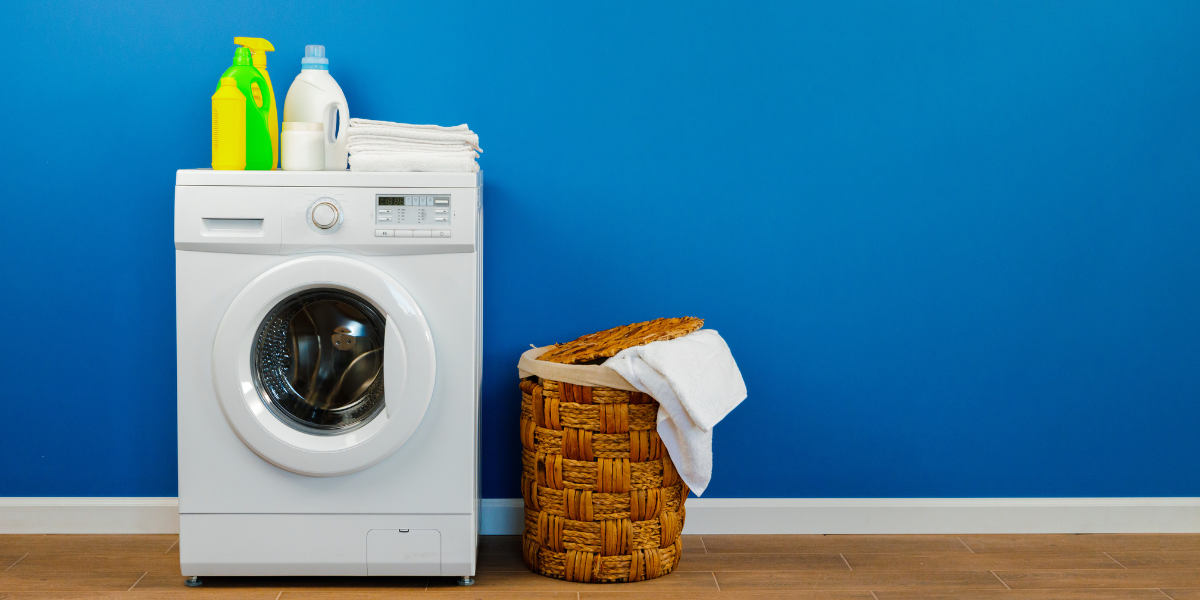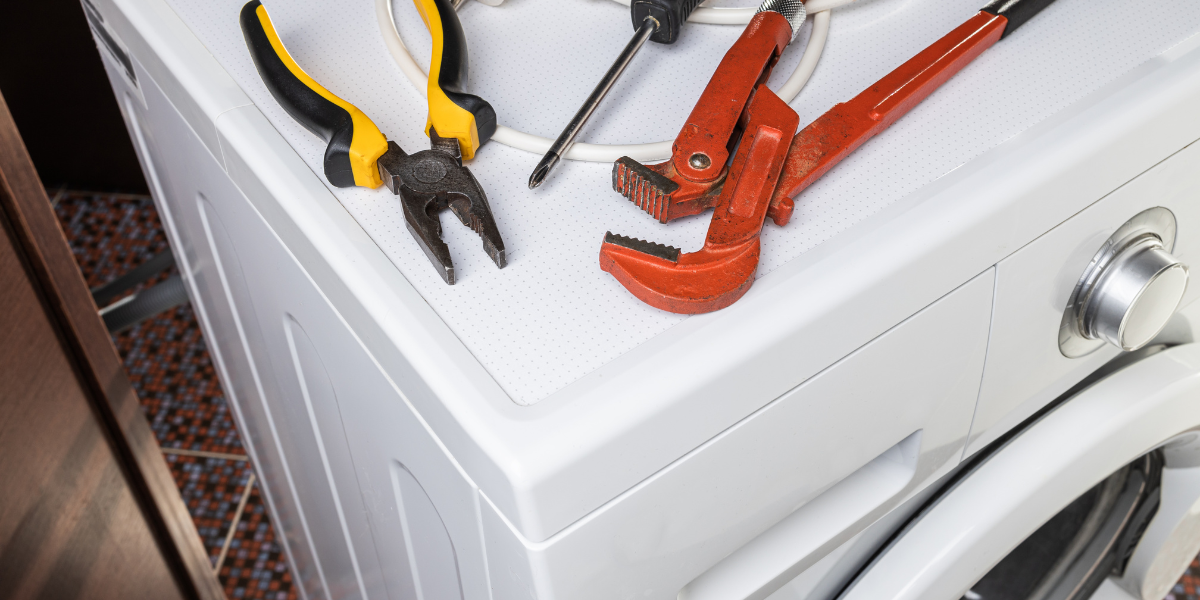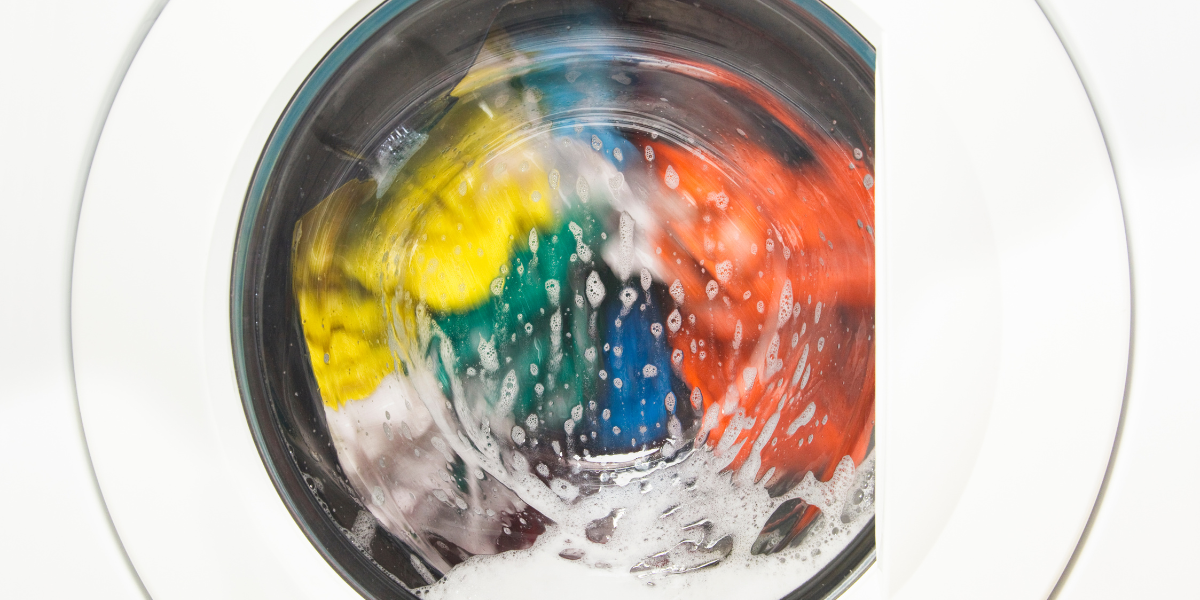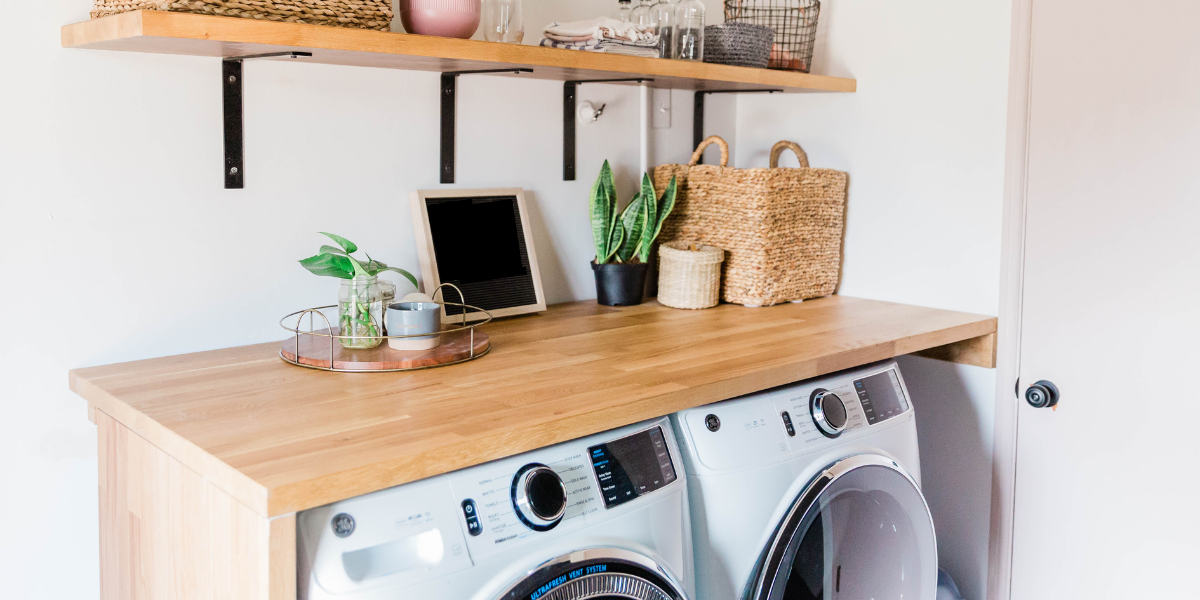Front Load vs Top Load Washers
What are the differences, and which washer is right for you?
The average life span of a washer is around 10 to 13 years, so when the time comes to purchase a new one you want to make sure you’re making the right choice. Will it fit in with your current laundry room set up? Can it keep up with your family’s busy lifestyle? How energy efficient is it? What is a new washer going to cost? Then there’s the big question, is a top load or a front load washer better? We’re going to compare and discuss the appearance, maintenance, performance, installation needs, and price points for top load washers and front load washers. We'll let you know which style we think comes out on top!
Appearance and Styles
While modern washers can come in a variety of colors to match your home’s aesthetic, most shoppers are more concerned about the function and price than the appearance. At the end of the day, whether front load or top load, it’s a big metal box. You may prefer where the control panel is located – at the front or at the back. Or whether the new washer matches your current dryer. Overall, appearance shouldn’t really be the deciding factor, especially where most laundry areas are tucked away in a closet or in the basement.
Winner: Tie, this really comes down to personal preference.

Maintenance and Upkeep
Top load washers have a longer life span than front loads (about 13 years compared to 11), but they tend to require more maintenance and repairs over that lifetime. The upside to that is top load washer repairs are DIY-friendly. This is due to parts like the motor being easier to access and work on. Repairs to front load washers are less frequent but tend to be more expensive and may require a service technician instead of doing it yourself.
A common issue you hear about front load washers is their affinity for mold growth. Thanks to the gaskets and seals around the door, and the way water drains from these machines, front load washers tend to develop mold and odors. To prevent this, it’s important to wipe down the door gaskets after each use, and to keep the door ajar between cycles. Top load washers aren’t typically prone to these issues, but it’s still important to give them a regular deep cleaning.
Winner: A front load washer requires some more elbow grease to keep clean, but it generally requires fewer repair calls.

Performance and Efficiency
Front load washers work by tumbling your clothes to get them clean, which is similar to hand washing and this is the gentlest on your clothing. Even though they are gentle on your laundry, they are excellent at getting the dirt out. They also use less water, which means less detergent. They are also better at removing water from the laundry, which means less time in the dryer.
Top load washers will either have an agitator or an impeller. The agitator is the splined pole that sticks up from the bottom of the machine, and the clothes rub against it to remove dirt and stains. This can be rough on your clothes but is very effective on heavily soiled laundry. An impeller is found at the bottom of a top load washer and is a gentler option as the clothes rub against each other. High-efficiency top load washers use a bit more water compared to their front load counterparts, but standard top loads with an agitator use almost double the amount of water.
Winner: A front load washer is going to be the best at cleaning your laundry, while still being gentle on your clothing. A high-efficiency top load with an impeller is a close second.

Installation and Set-up
When it comes to the components like water lines, drain hoses, or gas connections, the installation for both a top load and a front load are going to be pretty well the same. The difference comes down to how you want or need to set up your laundry space. With a top load washer, generally, your only option is to have it side-by-side with the dryer. Top load washers are easier to fill, as they don’t require bending down constantly. If you are on the shorter side, it can be difficult to get items out of the very bottom of the machine. Since dryers are all front load, you’re still going to need to bend down constantly to get your laundry in and out of those. A top load washer also prevents you from installing a countertop over the machines for folding or sorting.
Front load washers offer more flexibility in their set-up. They can be stacked with the dryer to conserve space, such as in a closet. You can also put the washer and dryer up on pedestals, to make it less strenuous to get the laundry in and out of the machines. This also increases your storage options and allows you to keep cleaning supplies tucked away.
Winner: While the installation aspect is the same for both, a front-load washer offers more flexibility in how you set up your laundry area.

Price Point
A standard top load washer is typically going to be the cheapest option to purchase. It doesn’t require any special detergents, which can be a cost-saver as well. However, since it uses so much water, you won’t find much savings on your energy bills, especially if you’re doing a lot of hot-water washes. Since top loads don’t spin as efficiently as a front load, you’ll also have longer drying times. Top load washer cycles tend to be shorter than front load, so there is a bit of electricity saved there.
Front load washers (or high-efficiency top loads) tend to have a higher starting price. While you won’t see the cost savings immediately, these high-efficiency models can help you save on energy costs. As previously mentioned, they don’t use as much water, which means less detergent. It also means shorter drying times as they spin out the water better. You will need to purchase detergent specifically marked as “HE” but all major brands make these.
Winner: If the upfront price isn’t a deterrent, a front load is the way to go for overall energy cost savings over the lifetime of the washer.

For overall performance, efficiency, flexibility, and energy savings, you can’t go wrong with a front load washer. While maintenance and repairs might be more costly, they tend to happen less often. A standard top load washer may be a better fit if the upfront cost is a concern, you’re just a couple or single person doing laundry, your laundry is typically heavily soiled, or you consider yourself handy with repairs. Whichever option you choose, we can help you out when the time comes for repairs. You can find our playlist of washer troubleshooting videos on our YouTube channel, or the OEM replacement parts for your washer on our site.
